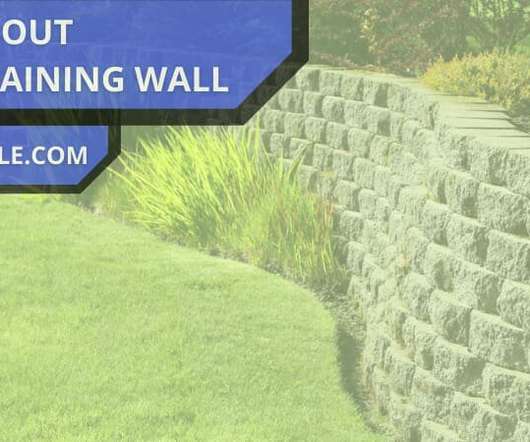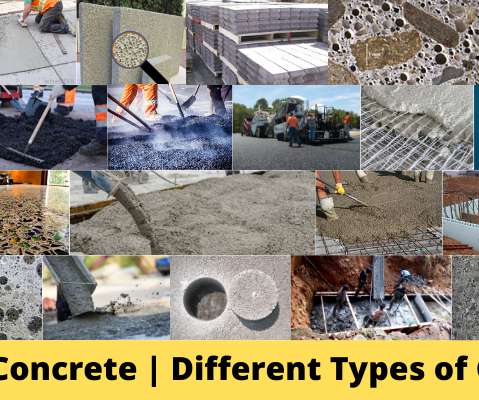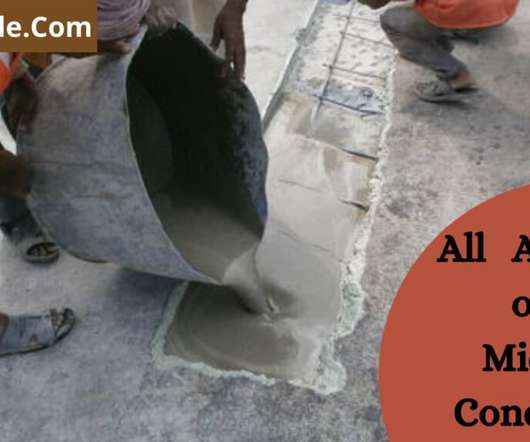What Is a Retaining Wall | Types of Retaining Walls | How Retaining Walls Work | Retaining Wall Detail | Retaining Wall Anchoring Retaining Wall Systems
CivilJungle
MARCH 24, 2021
What Is a Retaining Wall? A retaining wall is a design of a structure ; it is built when there is a desired change in ground elevation and to resist the lateral pressure of soil that exceeds the repose angle of the soil. At different levels on the two sides supporting soil laterally retaining, walls are used.











Let's personalize your content